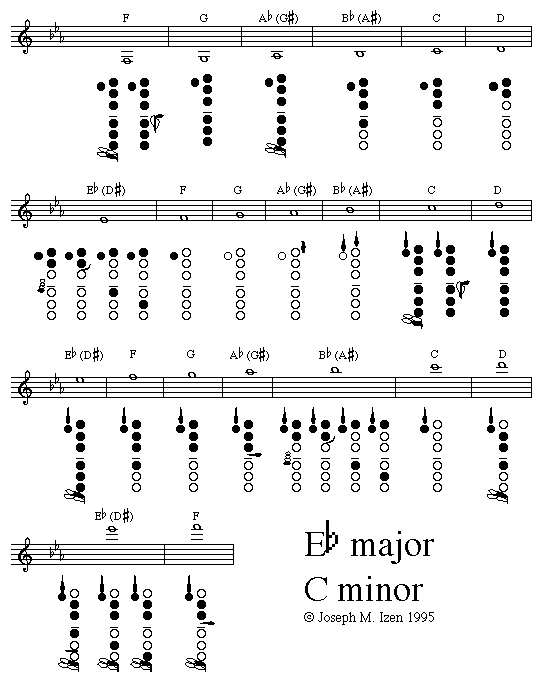
You need to transpose all the parts that will be played by transposing instruments. The problem only occurs when you mix different instruments: if you want to play a flute duet with two clarinets, the score can be played as is. You have a flute-and-piano score, but you want to play the flute part with a clarinet.You want to play a duet scored for two flutes, but you have a flute and a clarinet.When is this a Problem?Įvery time you wish to play a score written for C instruments (like the flute or the piano) but you need to substitute one or more of the instruments with transposing instruments (like clarinets, trumpets, saxophones). To be more accurate, not all clarinets are in B-flat: clarinets in other keys (in C, in A, in E-flat, just to name a few) also exist, but the B-flat clarinet is by far the most common variety.Īs you may already have guessed, on such an instrument the whole scale gets transposed: a C sounds as a B-Flat, a D sounds as a C, an E sounds as a D and so on. That's why we say that the clarinet is a transposing instrument in B-flat. When a clarinet player plays a written C, his/her clarinet sounds a B-flat.When a flute player plays a written C, his/her flute sounds a C.

The reason behind this is that the clarinet is a transposing instrument, while the flute is not. If the duet is scored for two flutes, trying to play it as it is would simply not work. Suppose you want to play a duet with your friend, who plays the clarinet (or the trumpet, or the saxophone).


 0 kommentar(er)
0 kommentar(er)
